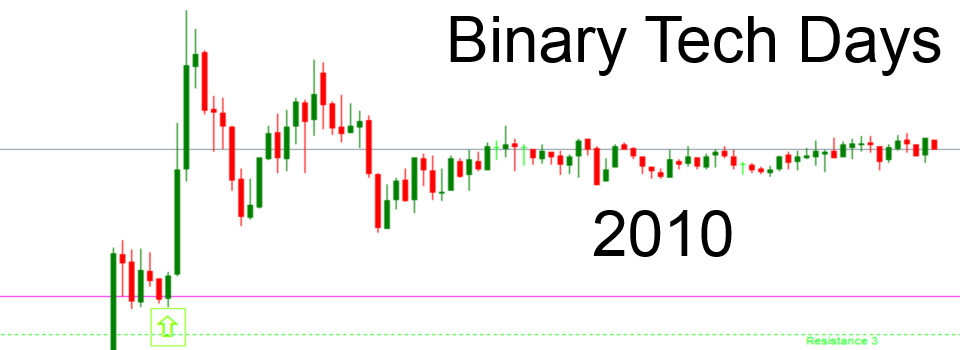Just when traders start to think that oil’s price can’t go anywhere but up, new data puts crude under pressure all over again. The most recent complication in rising crude prices is that the U.S.’s oil reserves are near an all time high point, about 488 million barrels. This is 105 million more barrels than what were being stored at this point last year, and it is only 2.7 million short of the all time record of 490.9 million.
This report, released by API, comes right ahead of OPEC’s meeting later this week in Vienna. Oil has been on a steady drop over the last couple years, fall from well over $100 per barrel, to hitting below $40 a couple times this year. OPEC countries benefit from higher oil prices, but Saudi Arabia—the world’s leading oil exporter—is pumping out more oil than ever before. It’s driven down prices all over the world in what seems to be an attempt to hurt other OPEC nations. Because of the wealth in this nation, they are not hurting too badly, but other countries, such as Russia, are feeling the wrath of this move. Some estimates say that Saudi Arabia has the ability to do this safely for another year before needing to back off.
Now, add all of this to the fact that the U.S. also has about 695 million additional barrels of oil in the strategic petroleum reserve. It’s clear that there is a lot of oil being hoarded in the U.S. The Wall Street Journal even released a story about this lately. However, there’s a lot of grey area out there, including dozens of tankers reportedly sitting out at sea, just waiting to deliver even more oil to the U.S. There has been an agreement about selling off some of the reserves, but it’s only a small fraction of it all. Whatever political games are being played here, it’s clear that the U.S. wants to have enough oil to be able to offset OPEC price manipulation as much as possible.
These kinds of things are must knows for binary options traders, even those that focus on the short term. These are the types of news reports and events that can have a dramatic impact on immediate price changes, throwing all sorts of technical indicators out the window, so to speak. These things can override whatever trends are going on, and if you are caught unaware, you may find yourself on the wrong end of a trade.
Experts believe that a drop down to $38 over the next few days is likely. Right now, futures for crude oil stands at $40.15 for January 2016. If you look ahead to December 2016, a futures contract will cost you $47.63 per barrel. Given the information that we have at our disposal right now, these prices seem very high, but it’s hard to tell what could happen in the next 12 months. Even the best analysts in the world are not able to look this far ahead with that much accuracy. Traditional futures are best for those that need to hedge a position. For the rest of us, short term trading is best, especially if you can avoid high fees with an accurate use of binary options. It’s impossible for someone to predict what foreign countries will decide to do economically a year from now, but educated guesses can help. If you are focusing on crude, having a feel for the politics of the nations involved is smart. It’s also smart to know what the U.S. is doing with their reserves in order to get a feel for what protective measures are being put in place to help price stabilization if and when it is needed.
